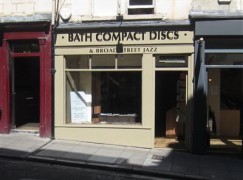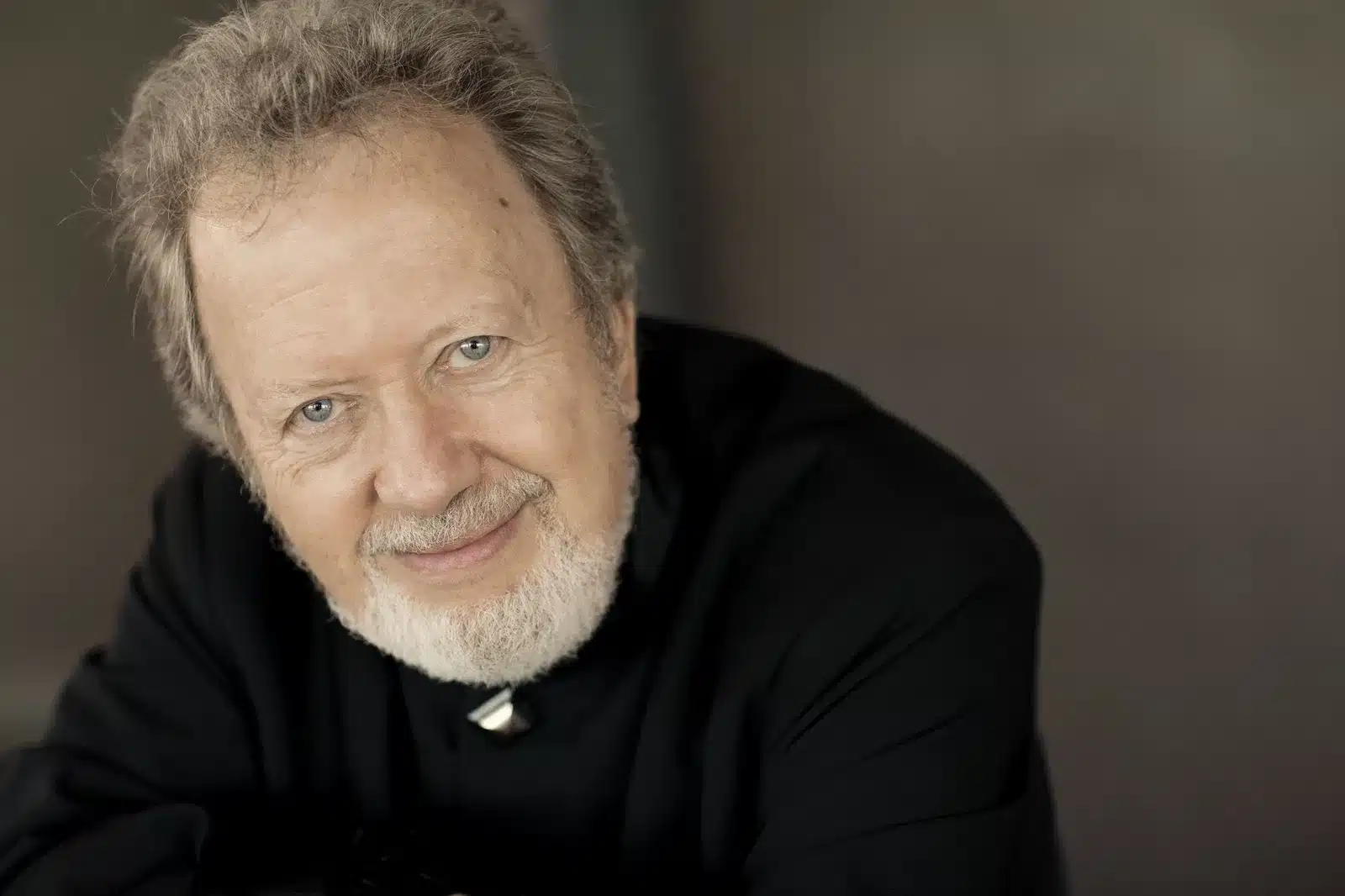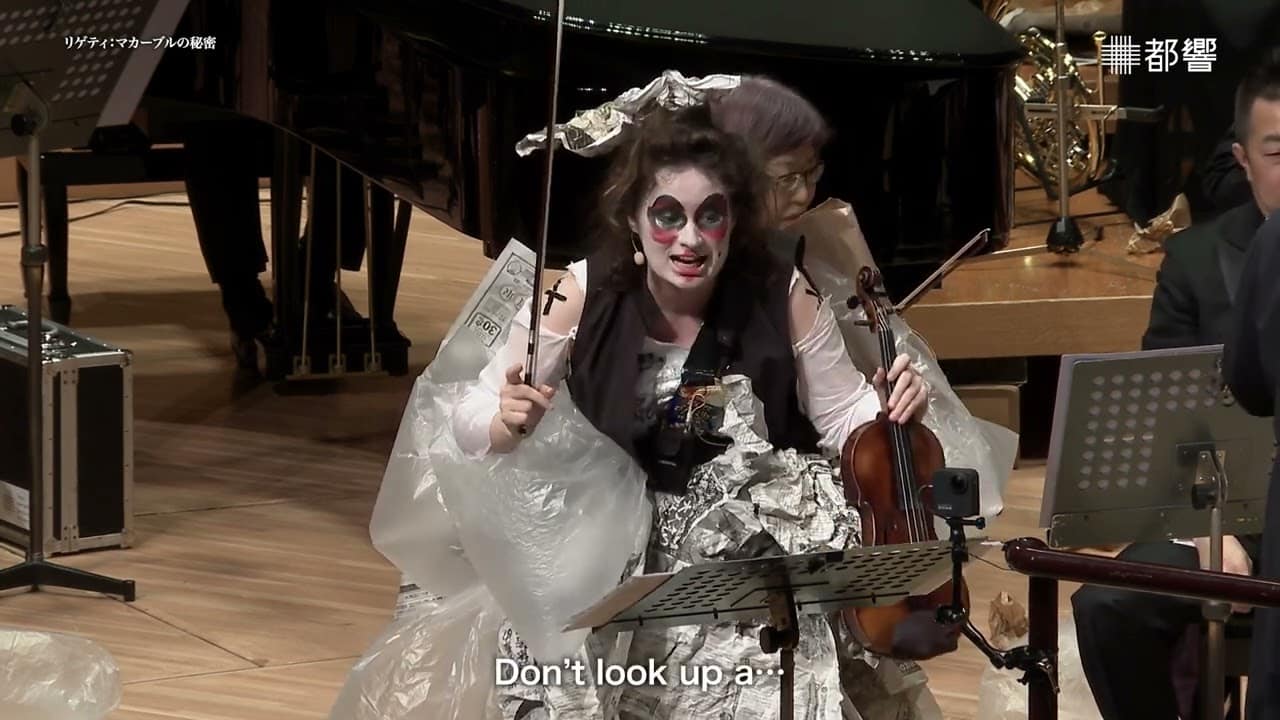Andre Previn makes $1m New York move
mainThe conductor, 89, has retired to a 1,000 square-foot one-bed apartment on the 12th storey of East 63rd Street.
The New York Post reports that he paid the asking price, $999,000.


The conductor, 89, has retired to a 1,000 square-foot one-bed apartment on the 12th storey of East 63rd Street.
The New York Post reports that he paid the asking price, $999,000.

The German label Dabringhaus und Grimm has ordered…

We have been notified of the passing on…

From the Lebrecht Album of the Month …

You have to hand it to Patricia Kopatchinskaja,…

Session expired
Please log in again. The login page will open in a new tab. After logging in you can close it and return to this page.
Comments